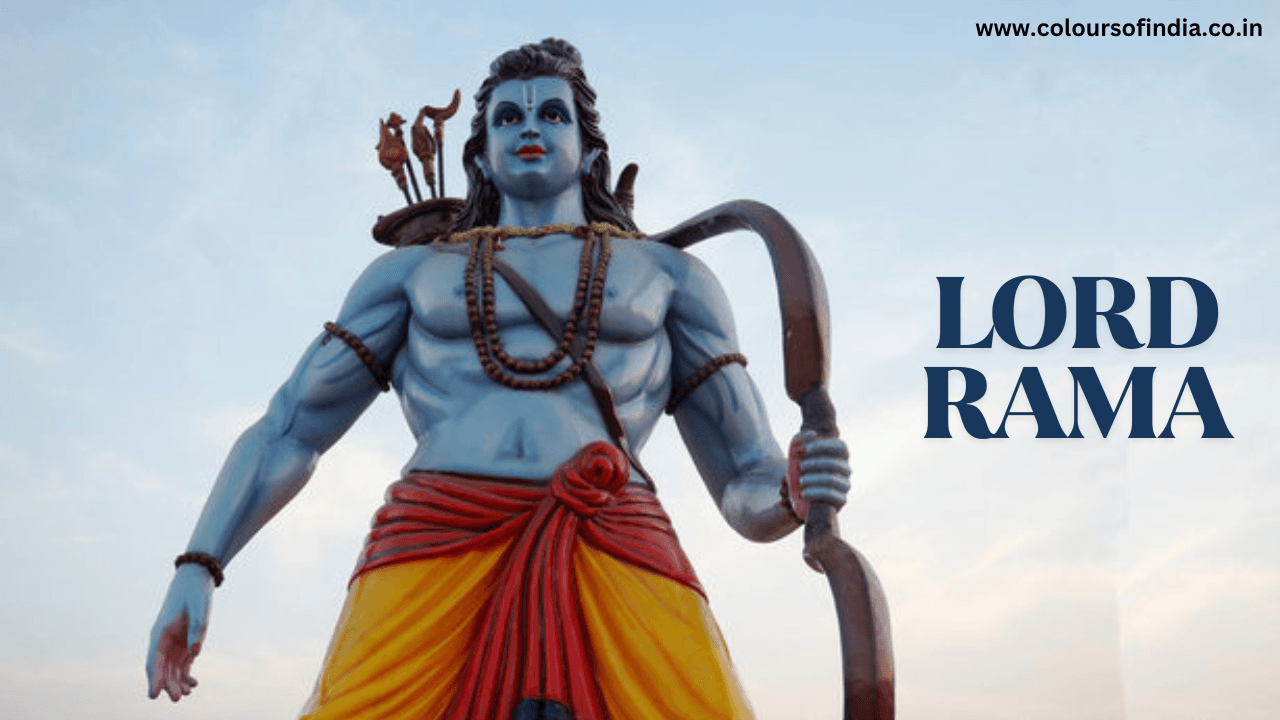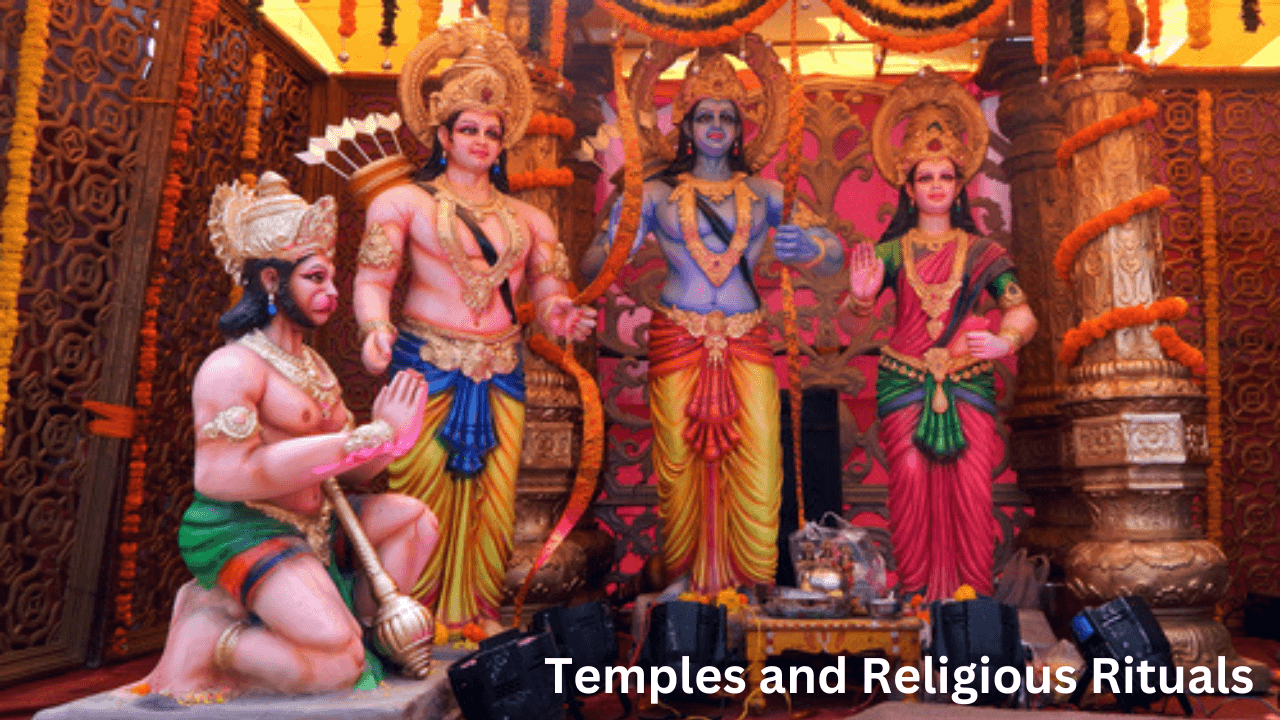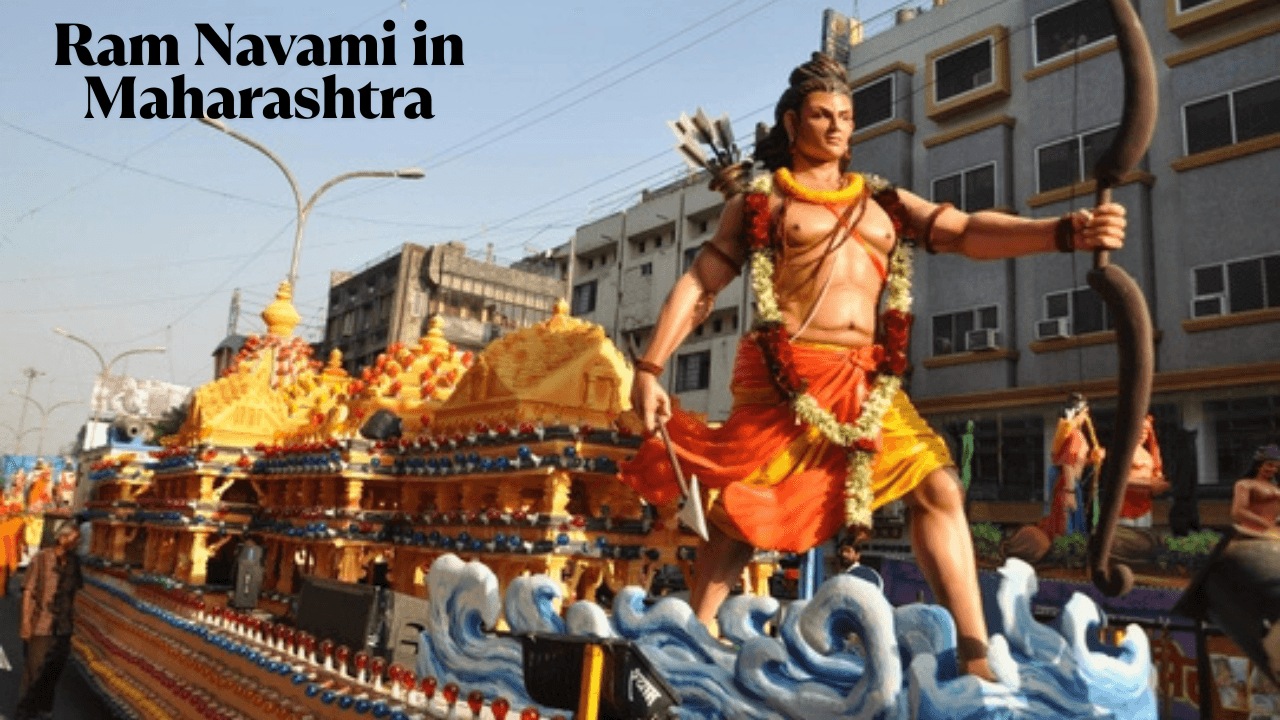Ram Navami 2025: Celebrating the Birth of Lord Rama with Devotion and Grandeur
Ram Navami is one of the most sacred and widely celebrated Hindu festivals in India, marking the birth of Lord Rama, the seventh incarnation of Lord Vishnu. Observed on the ninth day of Chaitra month in the Hindu lunisolar calendar (which typically falls in March or April), this festival is a significant occasion for millions of Hindus around the world. The year 2025 will see Ram Navami being celebrated with great enthusiasm on April 6, 2025. The festival is not just about rituals and prayers; it holds a deeper significance of virtue, justice, and the triumph of good over evil.
Who is Lord Rama?

Ram Navami 2025 Ram Navami 2025 Ram Navami 2025 Ram Navami 2025 Ram Navami 2025 Ram Navami 2025 Ram Navami 2025
Lord Rama, a central figure in the ancient Indian epic Ramayana, is known as the ideal man—’Maryada Purushottama’—who embodies values such as truth, honor, bravery, loyalty, and devotion to duty. He is the son of King Dasharatha and Queen Kaushalya of Ayodhya and is revered as the embodiment of righteousness. According to the Ramayana, Lord Rama’s life story teaches important life lessons such as the importance of fulfilling one’s duties (dharma), the value of familial bonds, and the triumph of good over evil, as evidenced by his battle against the demon king Ravana.
Significance of Ram Navami 2025
Ram Navami marks the joyous occasion of Lord Rama’s birth in Ayodhya to King Dasharatha and Queen Kaushalya. According to Hindu beliefs, Lord Rama’s incarnation was to rid the world of evil, particularly in the form of the demon king Ravana, who had captured Lord Rama’s wife, Sita. The battle between Rama and Ravana, as told in the Ramayana, symbolizes the eternal fight between good and evil, light and darkness.
In 2025, Ram Navami holds special significance, as it continues to be a reminder for people to live righteous lives, uphold justice, and pursue the path of dharma (moral righteousness). It is an occasion for spiritual growth, renewal of devotion, and reflection on one’s duties in life.
Celebrations Across India
Ram Navami is celebrated with great devotion and fervor across India. From the northern plains of Uttar Pradesh to the southern states of Tamil Nadu and Karnataka, the festival takes on various forms and customs. However, certain rituals remain the same across the country, making Ram Navami one of the most universally celebrated festivals in the Hindu calendar.
1. Temples and Religious Rituals

On Ram Navami, devotees throng temples dedicated to Lord Rama, with the most prominent being the Kalaram Sansthan Temple in Nashik, the Ram Janmabhoomi Temple in Ayodhya, and the Ram Mandir in Rishikesh. The day begins with early morning prayers and rituals, where the idol or image of Lord Rama is bathed with sacred water and decorated with flowers. Special aartis (devotional hymns) are sung, and prayers are offered for peace, prosperity, and spiritual growth.
One of the key rituals on this day is the recitation of the Ramayana, the ancient epic that narrates the life of Lord Rama, his exile to the forest, his devotion to his family, and his victory over Ravana. Some devotees also perform Ram Katha, storytelling sessions that recount the glory of Lord Rama’s life and virtues.
In temples, the Akhand Ramayana (continuous reading of the Ramayana) is conducted in many places, and devotees often observe fasts on this day, breaking them only after the evening aartis are performed. The day culminates with the chanting of Jai Shri Ram and collective prayers.
2. Ram Navami Processions (Rath Yatra)

In several cities, Ram Navami is marked by grand processions, most notably the Rath Yatra (chariot procession). Devotees prepare elaborately decorated chariots, which carry an idol of Lord Rama, and the procession moves through the streets, accompanied by chanting, drum beats, and devotional music. The Rath Yatra signifies the arrival of Lord Rama in the hearts of the people, symbolizing his divine presence on Earth.
Some cities, like Ayodhya, Nashik, and Mathura, are known for their spectacular processions. The Rath Yatra is a visually rich experience, with devotees walking alongside, singing bhajans (devotional songs), and sometimes even pulling the chariot by ropes in an act of devotion and reverence.
3. Fasting and Observing Vows

A key aspect of Ram Navami is fasting, where devotees observe a day-long fast as an act of devotion. The fast is seen as a way to purify the body and mind, and to seek blessings from Lord Rama. Some people fast by only consuming fruits and water, while others choose to fast completely for the entire day.
Many devotees also vow to perform good deeds, such as helping the poor, feeding the hungry, or offering prayers for the welfare of society. It is considered a day of inner reflection and an opportunity to renew one’s commitment to living a righteous life.
4. Ram Navami in Ayodhya

The birthplace of Lord Rama, Ayodhya, is the epicenter of Ram Navami celebrations. The city’s temples are illuminated, and the atmosphere is filled with chants of “Jai Shri Ram.” Every year, thousands of pilgrims from all parts of India visit Ayodhya to participate in the celebrations. The Ram Janmabhoomi temple, which is undergoing construction, continues to hold special significance for the people, and prayers are offered in large numbers for the peace and prosperity of the country.
5. Ram Navami in Maharashtra

In Maharashtra, Ram Navami is celebrated with great enthusiasm, particularly in cities like Nashik, Pune, and Mumbai. In Nashik, the Ram Navami Mela (fair) is one of the grandest celebrations, drawing thousands of devotees. The city’s temples are packed with worshippers, and cultural programs such as folk dances, dramas, and music performances add to the festive atmosphere. Nashik is also known for its magnificent Rath Yatra, which is attended by people from all over the country.
Cultural Significance of Ram Navami
Ram Navami is not only a religious festival but also an event that strengthens cultural bonds. The festival brings together people from all walks of life, regardless of their background or region. Through processions, cultural performances, and community feasts, people engage in expressions of devotion and unity.
The festival is also an opportunity to reflect on the principles that Lord Rama stood for—such as loyalty, sacrifice, truth, and moral integrity. In many homes, families come together to recite Ramayana or listen to Ram Katha, reinforcing the values that are still very much alive in modern-day society.
Ram Navami 2025: A Day of Renewal and Reflection
As we look ahead to Ram Navami 2025, the festival will once again offer a chance for personal and spiritual renewal. It will be a day of prayer, devotion, and a reminder of the eternal battle between good and evil. In a world where challenges and adversities often seem overwhelming, Ram Navami offers hope and the reminder that righteousness and devotion to duty will ultimately prevail.
Whether you observe the day with fasting, participating in processions, or simply offering prayers, the essence of Ram Navami lies in connecting with the ideals of Lord Rama and infusing your life with values that promote peace, justice, and harmony.
As we celebrate Ram Navami 2025, may we all strive to live by the values of Lord Rama, honoring truth, justice, and the eternal triumph of good over evil.
Jai Shri Ram!
To read more detailed information about Ram Navami Click here.
To read another blogs from our website Click here.


Thanks , I’ve just been looking for information approximately this topic for a while and yours is the greatest I’ve found out so far. But, what about the conclusion? Are you certain about the supply? http://www.kayswell.com
When I initially commented I clicked the “Notify me when new comments are added” checkbox and now each time a comment is added I get several emails with the same comment. Is there any way you can remove people from that service? Many thanks! http://www.kayswell.com
Good write-up. I certainly appreciate this website. Keep it up! http://www.kayswell.com
Hello, I enjoy reading through your article. I wanted to write a little comment to support you. http://www.kayswell.com
If some one desires expert view concerning blogging afterward i advise him/her to pay a visit this weblog, Keep up the good work. http://www.kayswell.com